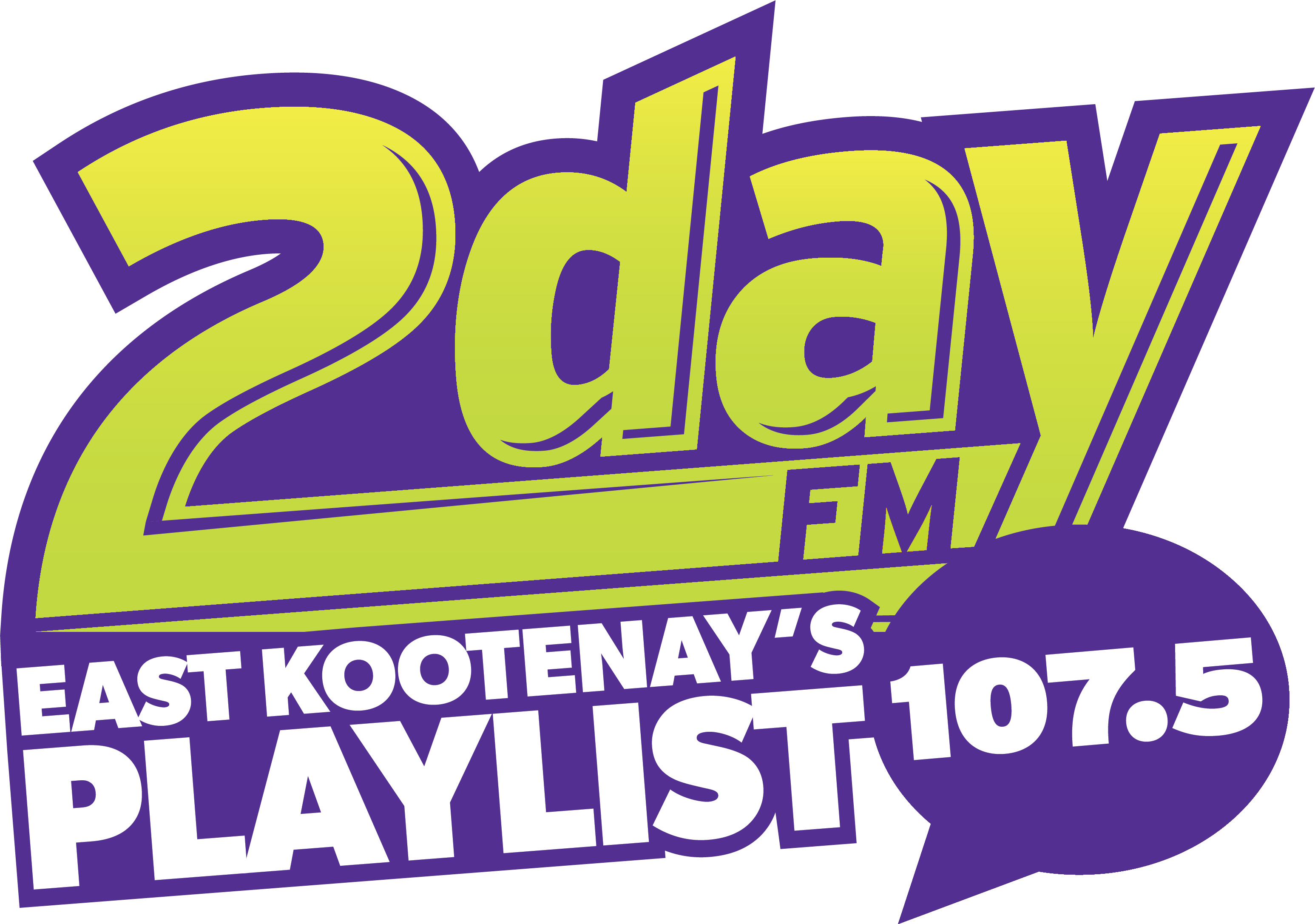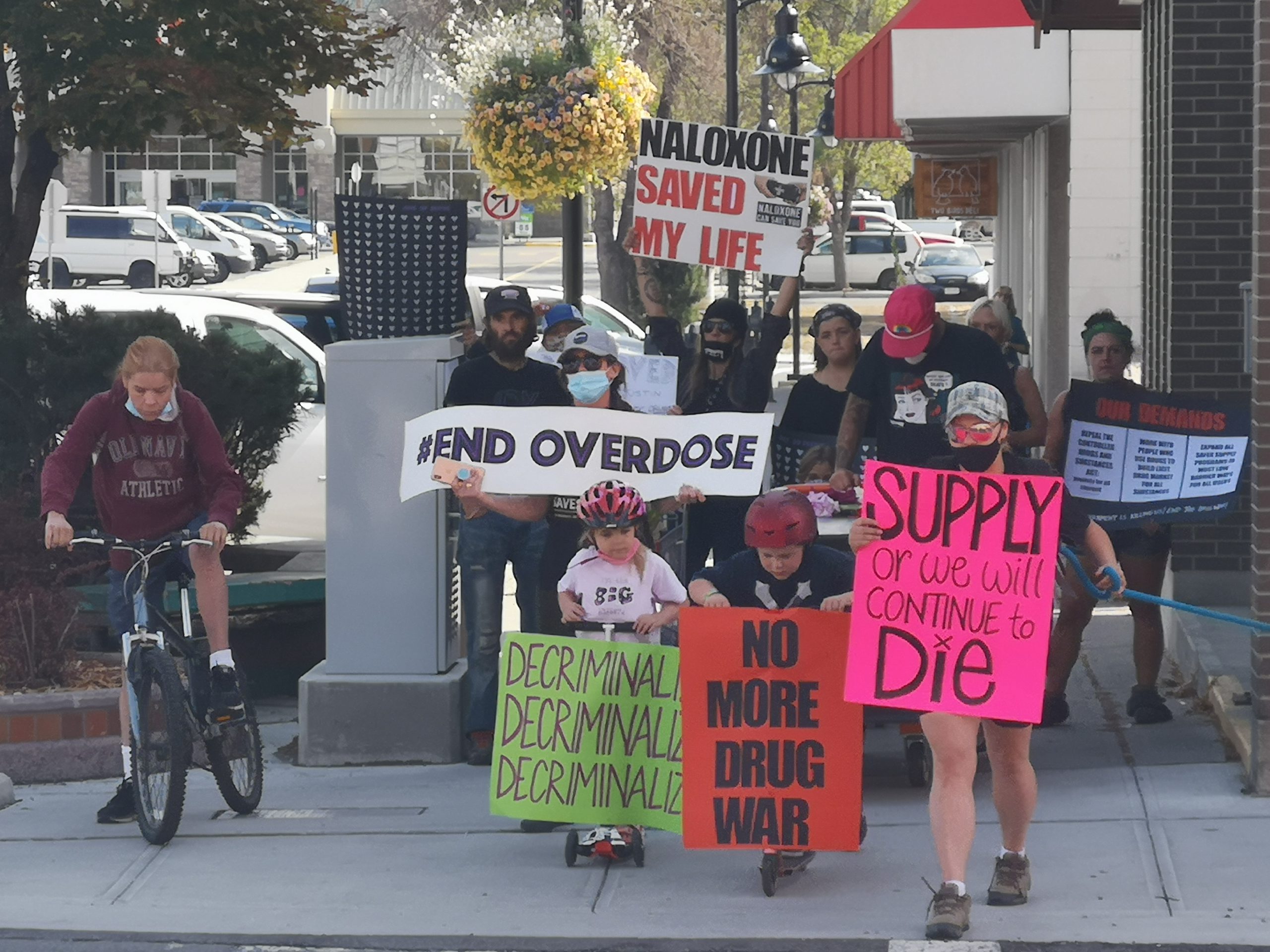Twenty-nine overdose calls saw responses from B.C. Emergency Health Services (BCEHS) in Cranbrook in January and February.
Jessica Lamb, ANKORS peer lead development coordinator, said they have been seeing more toxic drugs through the organization’s drug-checking program.
“Some of the drugs that we’re seeing in the street supply are pretty alarming. We’re starting to see carfentanyl and fentanyl analogues as well as high concentrations of benzodiazepines,” said Lamb.
“We’ve seen an increase of overdoses here in our community, both in fatal and non-fatal overdoses. It’s challenging. Each person is somebody’s someone, and all of these deaths are preventable.”
According to Lamb, about 35 per cent of the drug samples brought into ANKORS had benzodiazepines.
“It’s just getting higher and higher. It’s because the cut is cheap and it extends the supply.”
Lamb spoke about a recent report from the BC Coroners Service calling for a safer supply of drugs.
“That document said unless drug policy changes and we have access to a safer supply of substances, both a medical and non-medical model, people are going to continue to die,” said Lamb.
More: BC Coroners Service review urges safer drug supply (Mar 9, 2022)
Lamb explained that getting a safer supply of drugs, which would reduce overdose deaths, is easier said than done.
“It really comes down to the province and comes down even more to the person prescribing that substance. The fact that a lot of medical providers don’t have experience with addiction medicine so they’re not comfortable writing that prescription. A lot of people don’t have access to a family doctor to be able to get some of these prescription alternatives to get them off the toxic street supply,” said Lamb.
“It’s not the safe supply that’s killing people, it’s the fentanyl. The data is there and hopefully, we can use this as an advocating tool when we are talking to doctors and prescribers who can give these alternatives.”
Lamb noted that reducing the stigma of drug use is part of the work ANKORS does in the community, among its many other initiatives.
“Until we actually sit down and talk about some of these issues, people are going to continue to be polarized. We are working with the City of Cranbrook on a couple of different projects that are focused around stigma,” said Lamb.
BCEHS said paramedics are using more Naloxone kits than ever before due to the potency and toxicity of street drugs.
According to the BC Coroners Service report for January’s drug deaths, 207 B.C. residents died from toxic drug overdoses throughout the month. Three of them were in the East Kootenay.
“There’s a number of factors contributing to why our numbers are so high. We live in a rural and remote community, so a lot of the time it’s just access to services or to prescribers or things like that,” said Lamb.
Paramedics in Cranbrook responded to 14 overdose calls in January and 15 in February.
BCEHS stresses that drug users should not use alone, so someone can call 9-1-1 if an overdose happens, or use the LifeGuard app.
BCEHS officials said patients have a 95 per cent survival rate when paramedics respond to an overdose.
More: B.C. reports fourth consecutive month with more than 200 toxic drug deaths (Mar 11, 2022)




